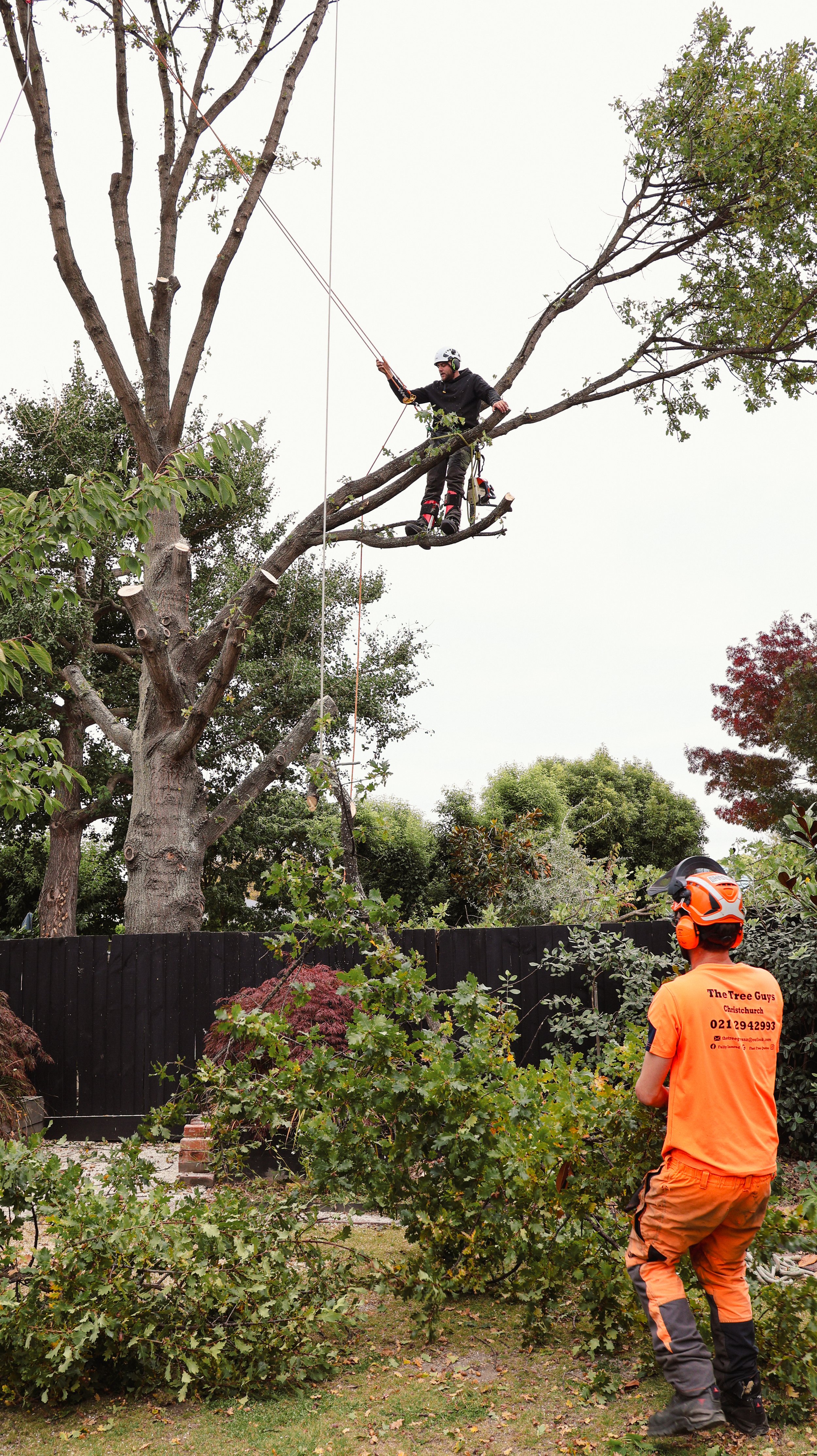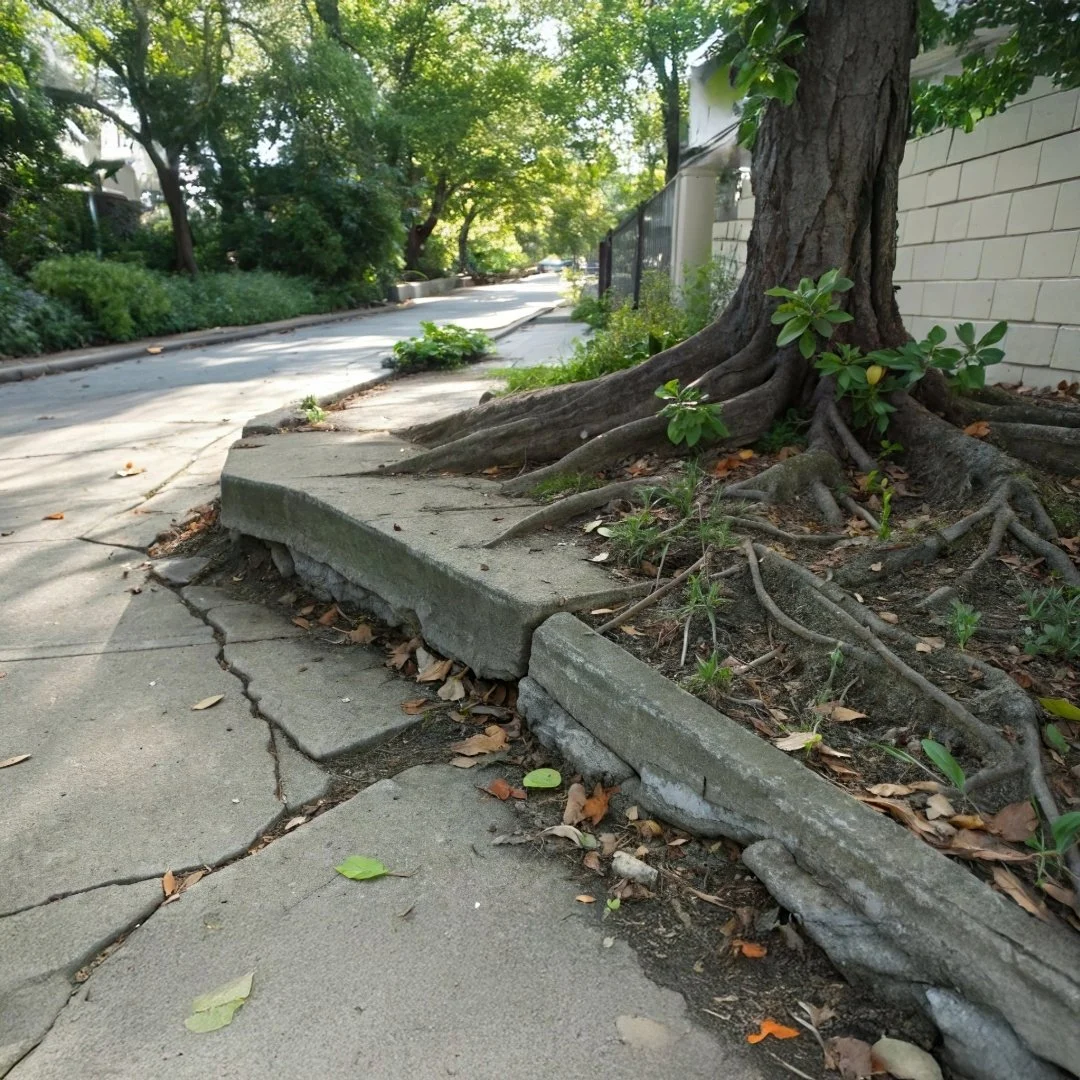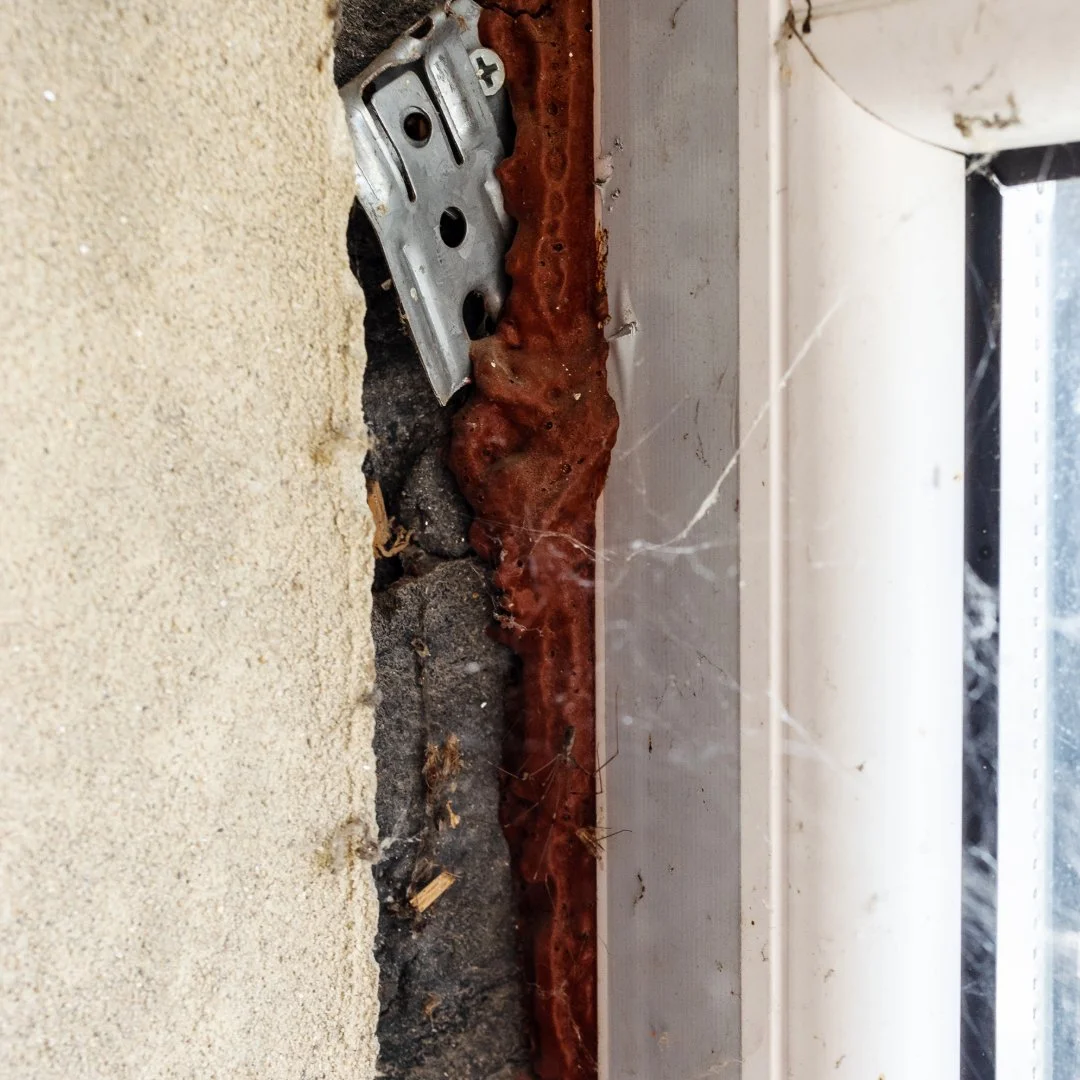
Managing Subsidence As A Tree Owner
As a tree owner, it's important to understand what's going on underground, as well as up top.
Managing the size of a tree's crown, will ensure root growth is also managed – important when removing risk of subsidence to nearby property.
Read on to understand the signs of subsidence and what to look out for around your home and property…
Cracks in Walls or Brickwork
Look for diagonal cracks, especially around doors and windows
Cracks wider than 3mm or those that get longer/wider over time can indicate movement
Sticking Doors or Windows
Doors or windows that suddenly start sticking or won’t close properly could mean the frames have warped due to foundation movement
Sloping or Cracked Floors
A noticeable dip or slant in your floors or cracks in the pavement around your home may mean the ground underneath is shifting due to nearby roots growing and drawing up water
Rippling Wallpaper
If wallpaper begins to ripple or crease at the joins without signs of damp or moisture, it could be another sign that your walls are experiencing movement caused by subsidence of your property
Gaps Around the Home
Look for gaps between walls and ceilings, or between your home and patios or extensions, all signs of subsidence that could be caused by overgrown trees, hedges or shrubs






